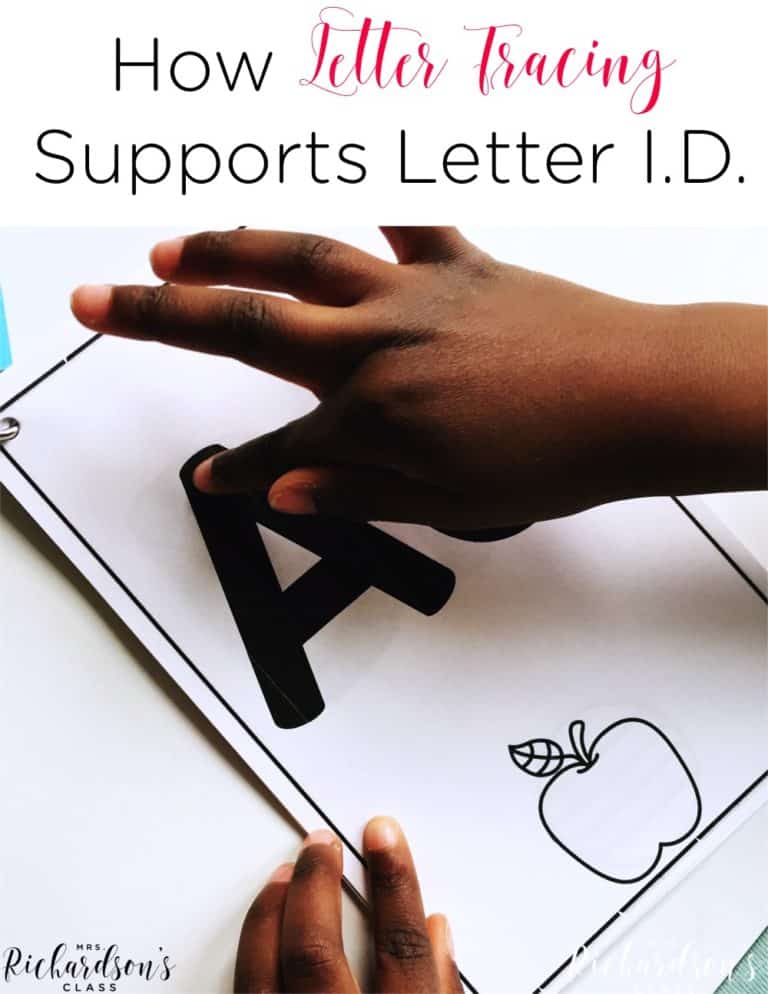


One of the reading comprehension strategies that I love teaching is making inferences. What I’ve learned from being in the classroom (and from my own kiddos) is that kids already make inferences all day long. We just have to bring this abstract idea into a more concrete concept that they can practice in reading.
For example, if a child hears a certain tone in their mother’s voice, they can infer their mom is probably upset based on her tone and past experiences. If a friend comes to school saying the tooth fairy visited, they can infer their friend lost a tooth. See? Making inferences is a part of our everyday life. We just need to teach our young readers how to apply it to reading.
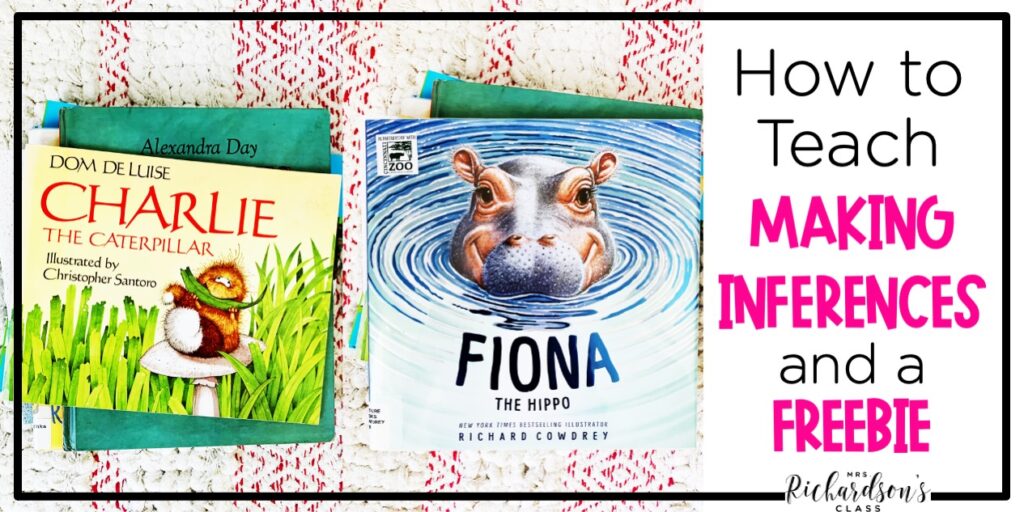
I have a few tips to help make teaching making inferences more effective and my favorite books to use. Check them out and get ready to write some great lesson plans of your own!
Before I dive into a lesson, I often model using sentence stems while I think out loud. This helps provide students a framework to practice academic language. It also helps our ELLs, too.
Some of the sentence stems for making inferences I like to incorporate include:
Creating and using anchor charts in the classroom helps students understand and apply new things. In all of my read aloud lessons, I include an anchor chart you can use to help you teach the reading strategy. Anchor charts have many benefits including:
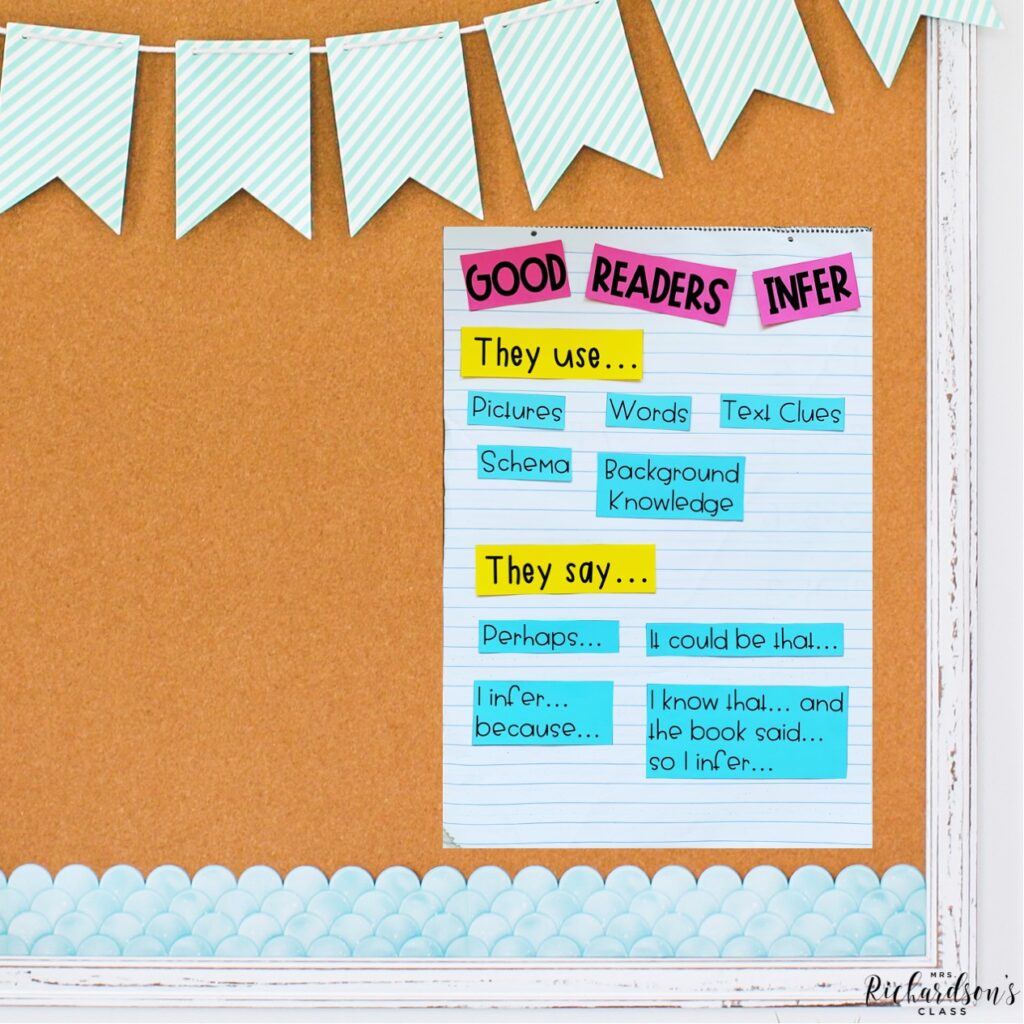
You can create an anchor chart like mine with sentence stems to help remind students of their new academic language and vocabulary.
One way to introduce making inferences is to pick a high-quality read aloud to use. Interactive read alouds get our students engaged with a text through thoughtful conversations and teaching. You can stop and ask students questions, gather information and text evidence, and share background knowledge to make inferences as you read.
You can also introduce making inferences by offering students scenarios and asking them to think about them. For example, you can describe a career and have students infer what the job is. Or you can describe situations in everyday life that students would be familiar with like:
Another idea is to create a mystery bag of objects and have students guess where you might be going. For example, you could put a list, reusable totes, and a wallet in a bag for students to infer you are going to the store. You can make a beach bag, a sleepover bag, etc.
Finally, another way to introduce making inferences is to show students different pictures and have them infer what’s going on. You could find pictures of a child crying (with some clues) and have students infer why. The possibilities of using pictures are endless!
After modeling how to make inferences and providing students with sentence stems, give them different ways to practice. You could read a book aloud and have students complete several “stop and jots” where they jot down inferences they made from the book. You can also have students record their evidence to support that inference.
Additionally, students can create their own scenarios for each other to make inferences with. This can be an activity to do in a small group or individually. This is a great extension to really stretch those students who seem to grasp making inferences.
This is an activity that students can do in the FREE lesson I shared at the bottom of this blog!
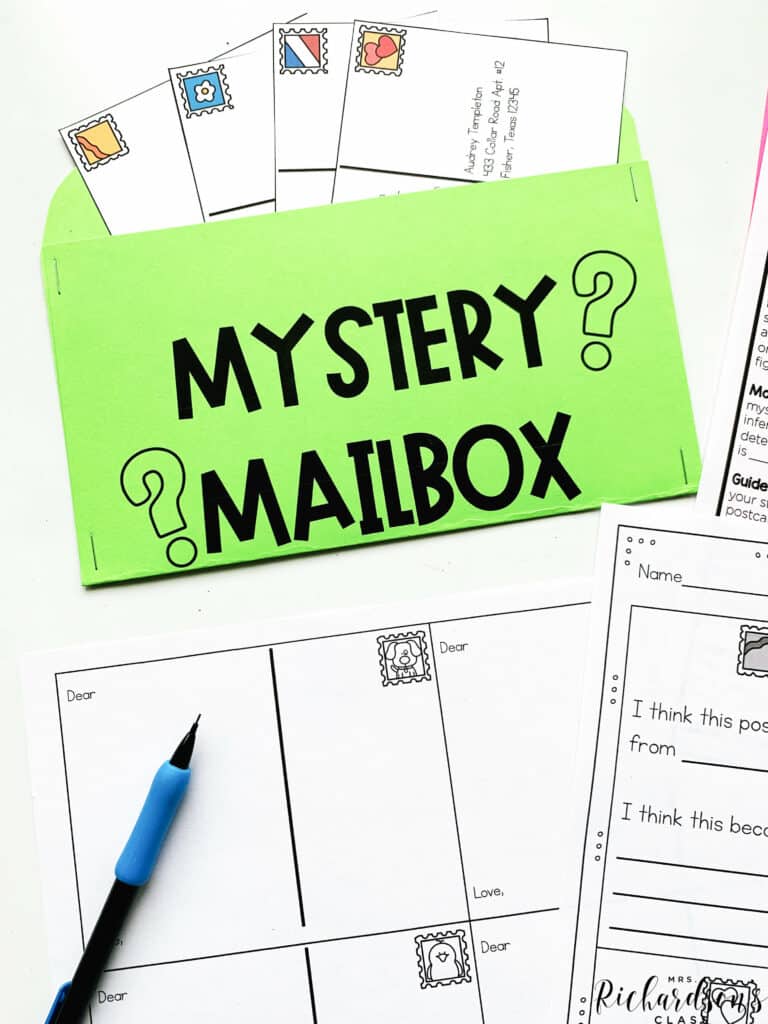
These books easily lend themselves to making inferences for young readers. Plus, students always love these read alouds:
Remember to continually evaluate your readers and see if they are understanding this reading skill. You can monitor their reader’s response journal and guided practice to see their thinking.
Here are a few things to consider while informally assessing students:
Sometimes teaching this reading comprehension strategy can feel tricky. Just remember: what the book says+ what I know = making an inference.
If you want more great interactive read aloud lessons about making inferences, check out the full Let’s Infer Unit. It has everything you’ll need to teach making inferences with 7 days of activities and lessons.
It has:
In the free Let’s Infer Mystery Mailbox lesson, I created a fun mystery mailbox activity that guides students to make inferences about who could have sent some mysterious postcards. Your students will love it! It has everything you’ll need for an engaging lesson to help build reading comprehension skills for your students.
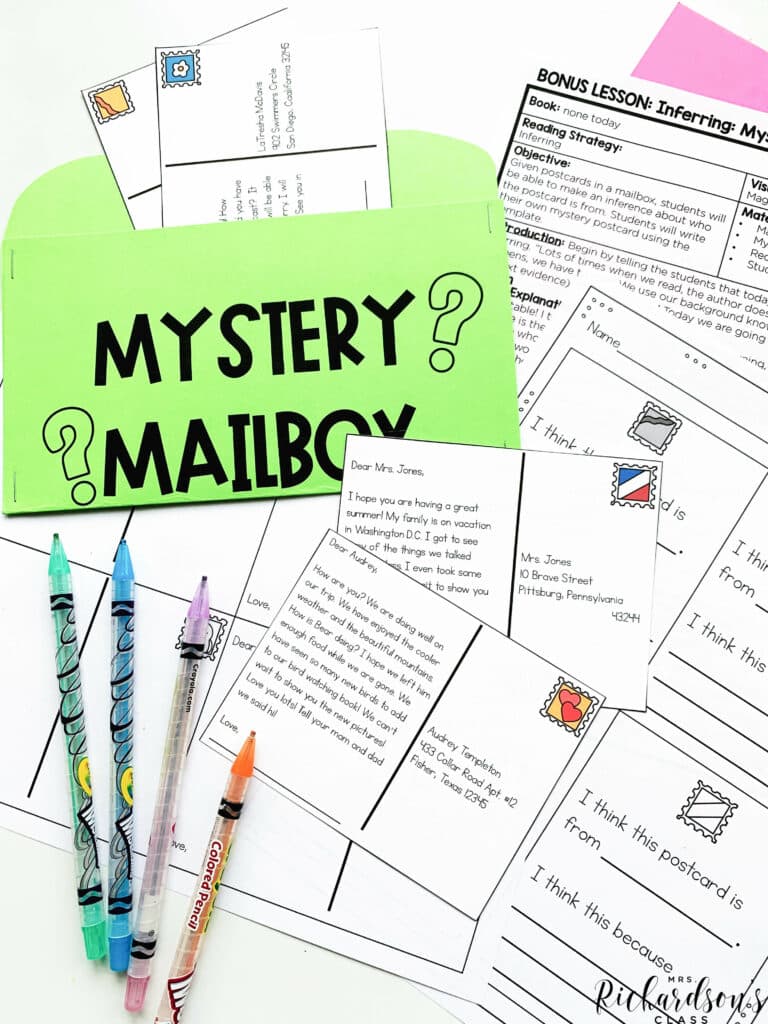
I know teaching students to infer can be tricky, especially for younger readers. With these tools and resources, you’ll be set to make planning and teaching a bit easier. Plus, your students are sure to love the activities and books!
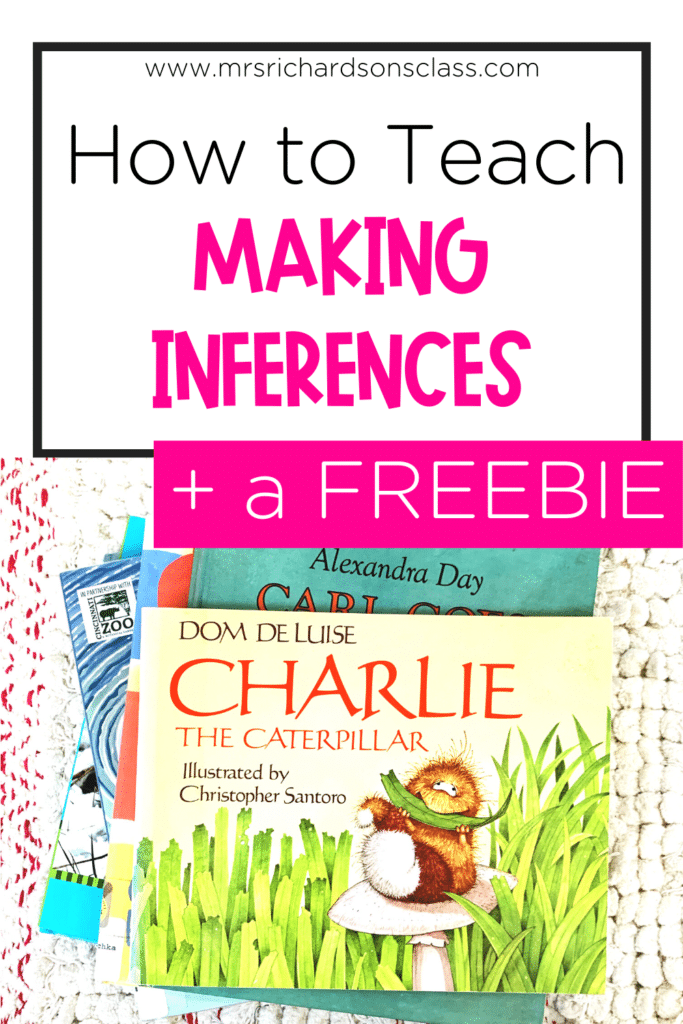
Don’t forget to grab your FREE lesson today! If you loved it, check out the Let’s Infer Interactive Read Aloud Unit to keep teaching.

Want to use the latest research to boost your readers during small groups? This FREE guide is packed with engaging ideas to help them grow!

I’m a K-1 teacher who is passionate about making lessons your students love and that are easy to implement for teachers. Helping teachers like you navigate their way through their literacy block brings me great joy. I am a lifelong learner who loves staying on top of current literacy learning and practices. Here, you’ll find the tools you need to move your K-2 students forward!


| Cookie | Duration | Description |
|---|---|---|
| cookielawinfo-checkbox-analytics | 11 months | This cookie is set by GDPR Cookie Consent plugin. The cookie is used to store the user consent for the cookies in the category "Analytics". |
| cookielawinfo-checkbox-functional | 11 months | The cookie is set by GDPR cookie consent to record the user consent for the cookies in the category "Functional". |
| cookielawinfo-checkbox-necessary | 11 months | This cookie is set by GDPR Cookie Consent plugin. The cookies is used to store the user consent for the cookies in the category "Necessary". |
| cookielawinfo-checkbox-others | 11 months | This cookie is set by GDPR Cookie Consent plugin. The cookie is used to store the user consent for the cookies in the category "Other. |
| cookielawinfo-checkbox-performance | 11 months | This cookie is set by GDPR Cookie Consent plugin. The cookie is used to store the user consent for the cookies in the category "Performance". |
| viewed_cookie_policy | 11 months | The cookie is set by the GDPR Cookie Consent plugin and is used to store whether or not user has consented to the use of cookies. It does not store any personal data. |
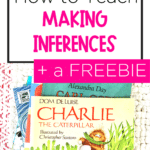

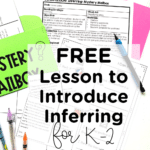
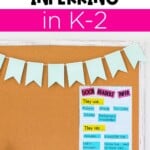
9 Responses
I would love the free lesson to teach inference to my little people!
Awesome! Just grab it in the blog post above! 🙂
Inference lesson
Thank you for the wonderful resource!
You are welcome!!
Do you have interactive read alouds for character traits?!
Thanks!
Hi Kristi! At this time I do not. I’m sorry!! 🙂
Hi. Is there an answer key for the free resource?
No, not at this time.